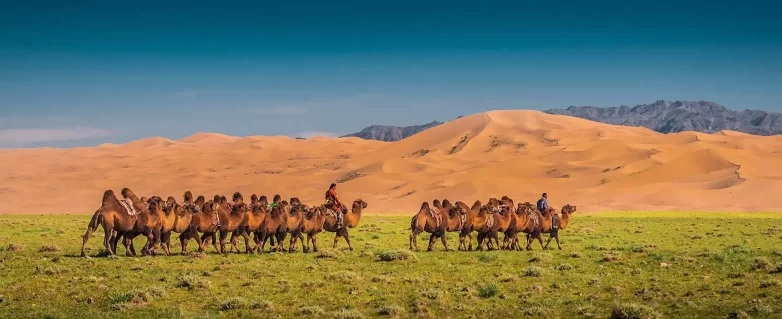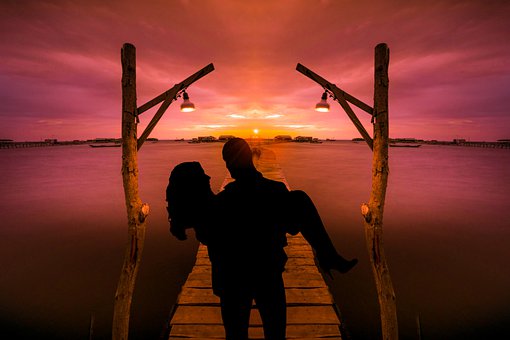An elaborate social welfare system was established under socialism, providing all citizens with access to health care, education, and pensions. The government received significant subsidies from the U.S.S.R. to pay for these generous programs. Following the withdrawal of Soviet aid, funding these programs has been a major challenge. New social problems, such as the existence of several thousand street children, have arisen as fallout from the ongoing economic crisis. Minority groups include Kazakh, Dorvod, Bayad, Buriad, Dariganga, Zahchin, Urianhai, Oolld. The largest of these minority groups, Kazakhs make up 4 percent of the total population.
What are 5 interesting facts about us?
- Cows are considered sacred.
- India is the wettest inhabited place on Earth.
- India has over 300,000 mosques and over 2 million Hindu temples.
- Chenab Bridge is the highest rail bridge in the world.
- Rajasthan has a Temple of Rats.
Economic reforms continue, although the country’s development will depend on considerable infrastructure investment, particularly in the mining, energy, transportation, and communication sectors. You should be aware that shortcomings in these areas could affect your travel plans. The Mongolia Initiative was established as the result of a generous gift from the government of Mongolia to UC Berkeley and the Institute of East Asian Studies. This initiative has worked to bring together UC Berkeley’s diverse resources related to Mongolia. This resource provides you in-depth information on Genghis Khan’s early years, how he established his empire, unites with Mongols, and his empire after his death.
Mongolia Naadam festival tour
Men typically handled external affairs including military, administrative, and trade matters. Men were primarily responsible for herding animals, hunting, slaughtering animals, and maintaining animal shelters. Repairing carts, tools, and weapons were also considered men’s work. Women were mainly responsible for housework, milking animals, making dairy products, cooking, washing, sewing, and nurturing children. The original Mongolian legal code was the yasa , a body of laws created after Genghis Khan’s death but greatly influenced by his system of state administration. This legal code dealt with military discipline, criminal law and societal customs and regulation.
How many meals do Mongolians eat a day?
Mongolians usually eat a single full meal per day, in the evening. During the day, they drink great quantity of tea with milk, sometimes mixed with rice, flour, meat, or with small cakes (boortsog). The dinner includes meat, traditionally boiled, and often served with noodles.
Western classical music and ballet flourished during the communist era in the 20th century. New bands are popping up all over the steppe, and just like America, the favorite music of choice for year olds is hip-hop. Among the most popular forms of modern music in Mongolia are Western travel to Mongolia from us Pop and Rock and the mass songs, which are written by modern authors in a form of folk songs. Shamanism – Shamanism goes back in Mongolian history long before Chinggis Khan’s time, but it was Chinggis Khan that made it into such a fundamental part of the Mongolian tradition.
Daily life and social customs
Traditional Shamanism was, except in some remote regions, suppressed and marginalized. On the other hand, a number of shamanic practices, like ovoo worshiping, were incorporated into Buddhist liturgy. Expect your counterparts to show little respect for personal space. For example, it’s not uncommon for Mongol families to all sleep in the same bed. You might also see people sitting on each other’s laps when on public transport.
Gifts with downward facing openings are believed to incur loss, while those with upward openings are deemed to incur growth, increase or prosperity. For this reason, traditional slippers from your home country would be a well received gift, but a hat would not. Using phrases such as ‘Sain bain uu’ (are you well?) will be appreciated by your counterparts. If someone addresses you in this way, then reply with ‘Sain’ (I’m well).



